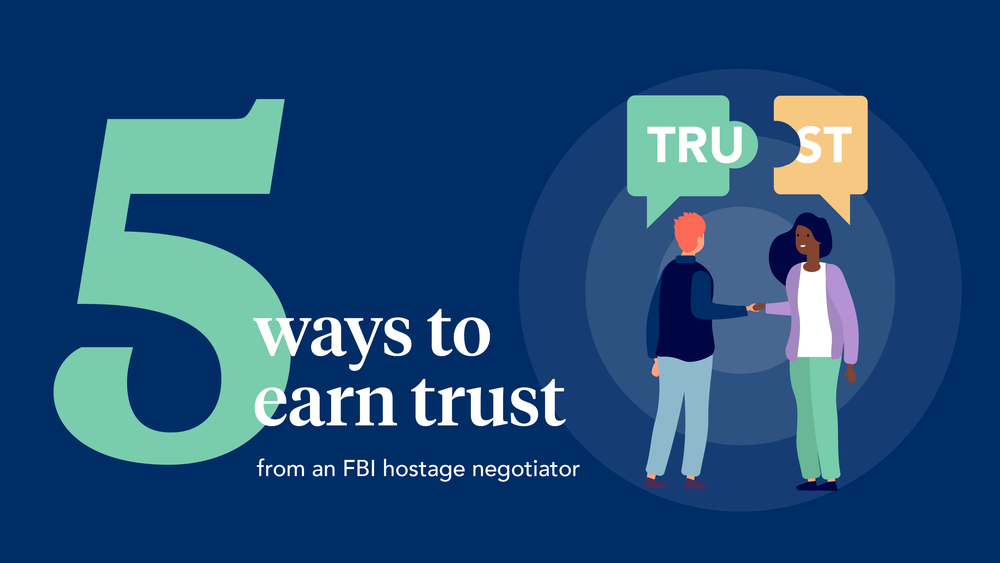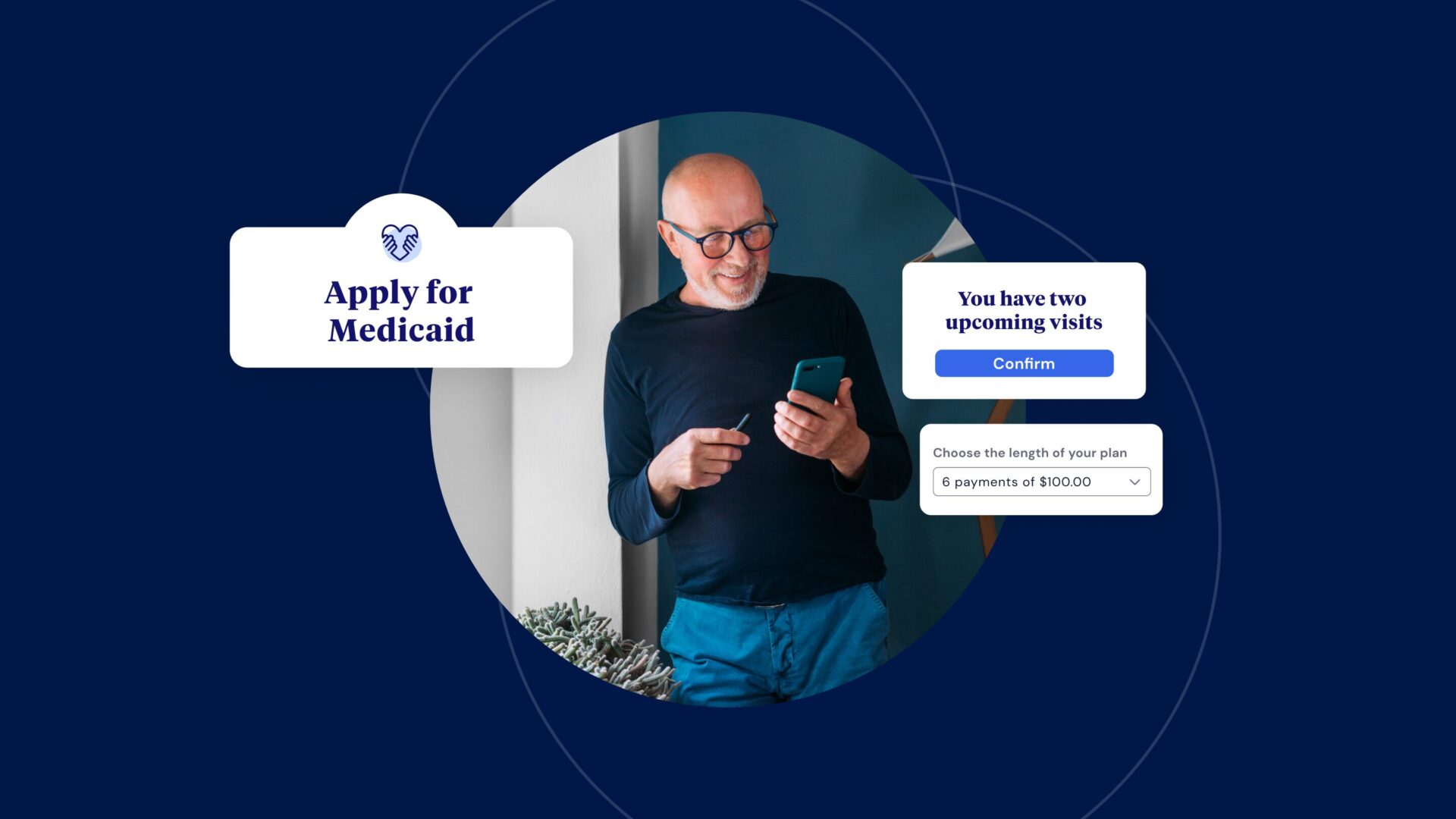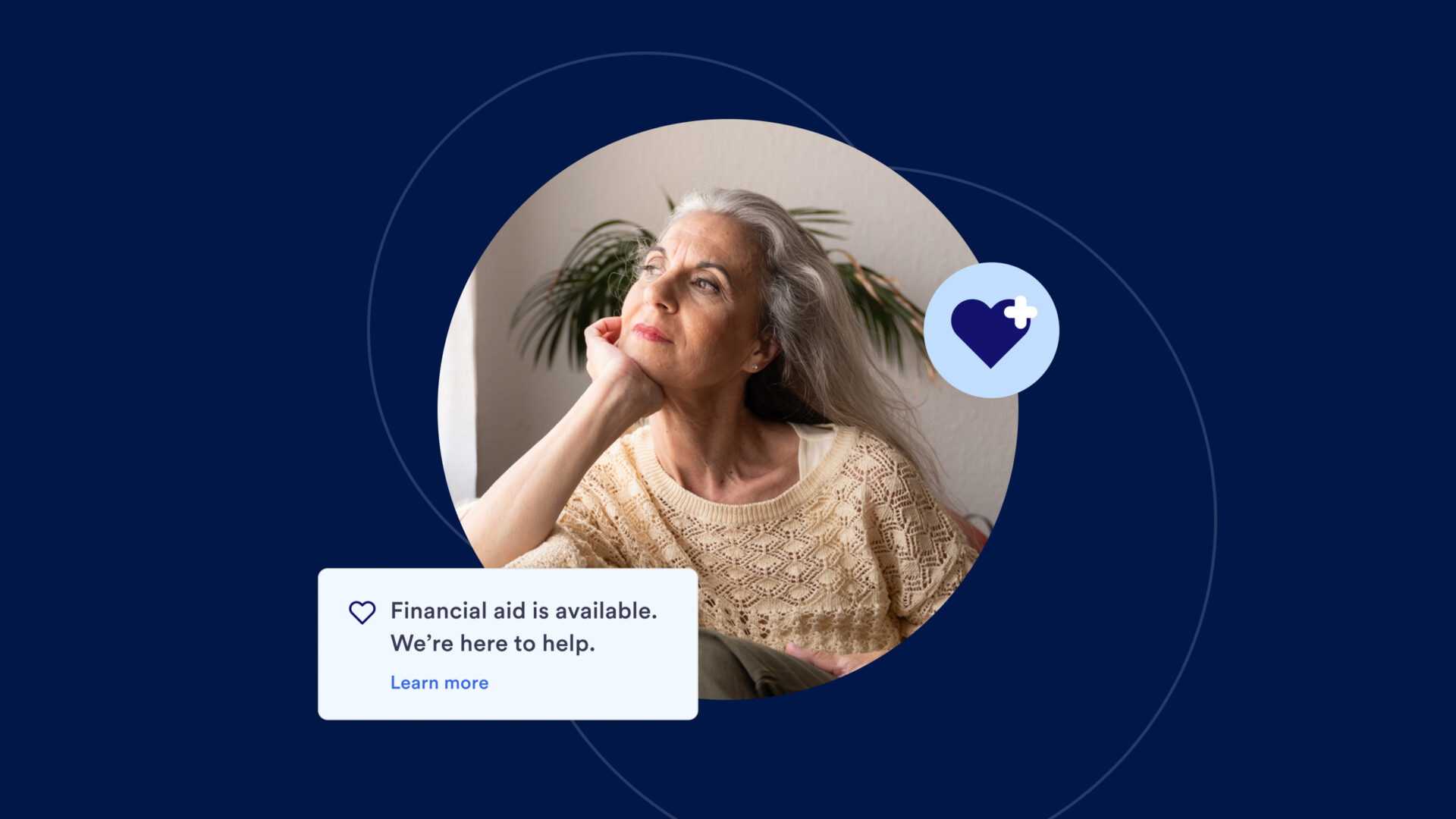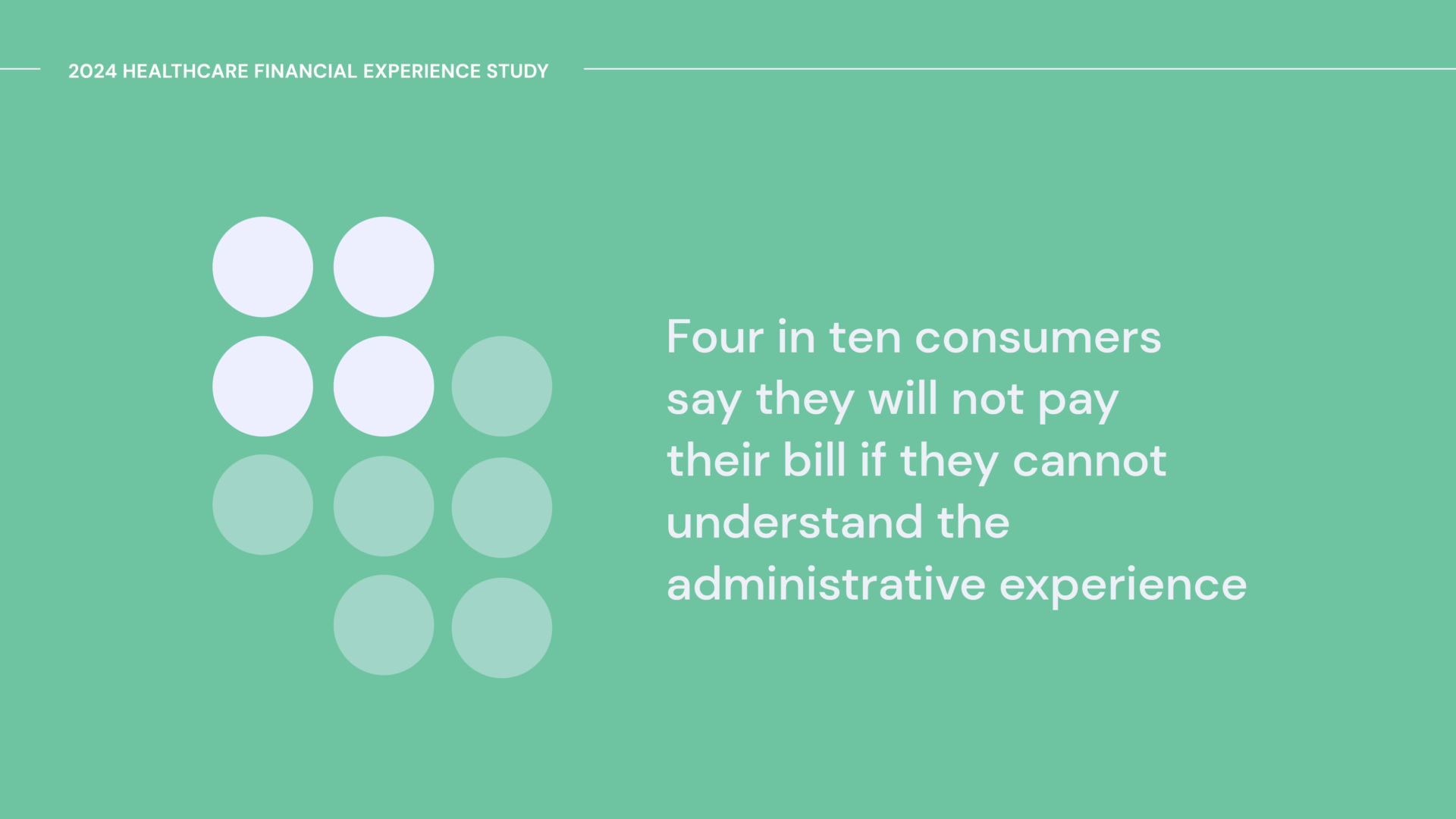This blog post was originally published on The Patient Experience Studio on Medium, where Cedar’s Product Design and Data Science teams share a behind-the-scenes look into how we’re building a better financial experience.
Recently, I was honored to be invited by Theo Sauls, the founder and director of UX Healthcare to speak at the annual UX Healthcare USA event on the research and design work we do at Cedar.
UX Healthcare is an international community of UX practitioners, clinicians and students, which led to a wide range of topics that are focused on the intersection of healthcare and design. Some highlights from this year’s UX Healthcare USA include:
- Priyama Barua, Experience Strategy Director at Mad*Pow, talked about redesigning a cancer center using service design principles, including having “greeters” to welcome new patients and ease their transition from the outside world.
- Dr. Gyles Morrison, UX Designer at Boehringer Ingelheim, discussed the future of digital therapeutics, and how it could be especially valuable in helping vulnerable populations.
- Andrew Schall, Senior Director Of User Experience at Modernizing Medicine, and his team explored a completely different kind of user interface by mapping out how a voice-driven virtual assistant could help physicians be more productive.
During my talk, I was able to share findings from the work my team at Cedar did with researchers at IDEO. We recently conducted an extensive research study to better understand what drives the financial engagement behavior of millennial patients (which you can read more about on Cedar’s blog). Our goal was to answer several big questions about patient behavior surrounding medical bills, which first and foremost was: how do people trust?
Along with IDEO, we set out to interview experts in other fields—and as it turns out, sometimes the most inspirational design ideas come from other industries that have tackled parallel challenges! As I shared in my session, we interviewed an FBI hostage negotiator with decades of experience in communicating with people in literal life-and-death situations, and we identified five ways to earn trust in tough situations:

1) Master the art of empathy: Designers often like to claim empathy as our superpower. It turns out hostage negotiators do too. The FBI uses empathy not because they want to be “warm and fuzzy”, but because empathy is the quickest way to reach someone in a heightened emotional state.
2) Name that emotion: Part of official FBI training is to never let an emotion go by without labeling it. If you can name someone’s current emotional state, it helps that person feel understood and creates an emotional connection with them.
3) Disengage the lizard brain: In moments of fear, people can often revert to their “lizard brains” or the primitive parts of their brain focused on survival. If you take the time to calm someone down, or choose a time when they are not as stressed, it’s possible to have a more productive, reasonable exchange and come to a better outcome.
4) Find the internal narrative: Everyone has an “unsaid narrative” — like a track that’s running in their head about themselves. Ask yourself, “Who do they envision themselves to be and aspire to?”
5) Make bad behavior ok: Everyone messes up. Acknowledging a mistake and moving forward can help all parties move beyond the situation and problem-solve more productively.
Interested in learning more about how an FBI hostage negotiator helped us communicate better with our patients? You can watch the full recording of my talk here, or download this handy guide to building trust through design in healthcare here.
Diana Ye is a Director of Product Design at Cedar.



